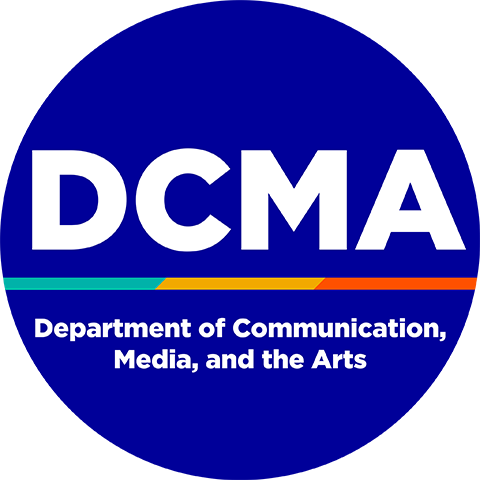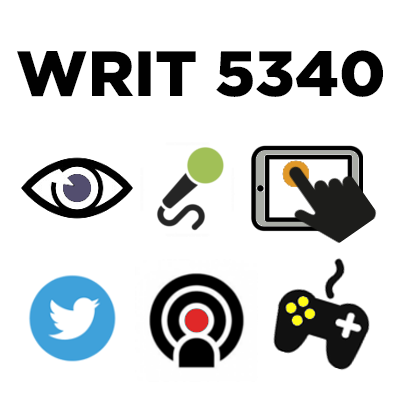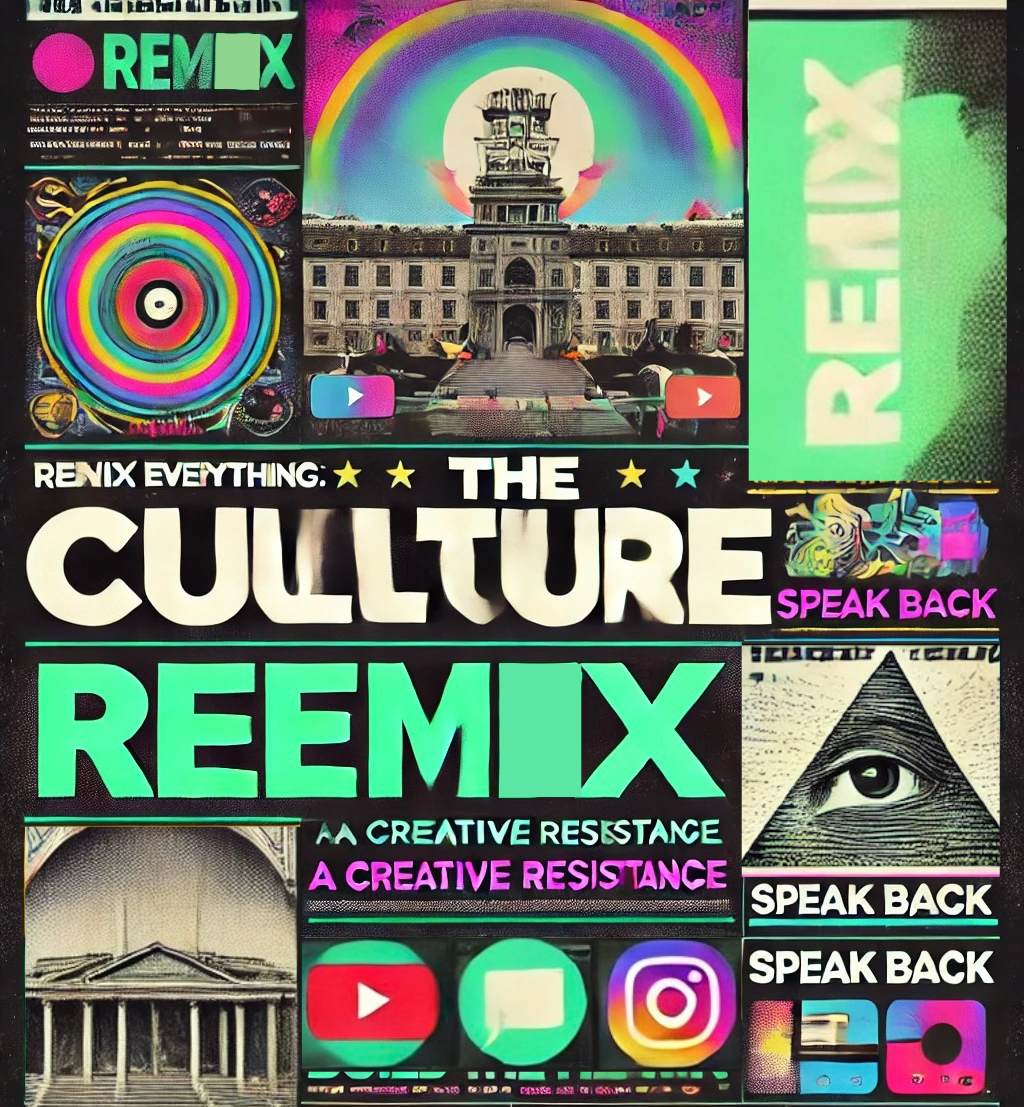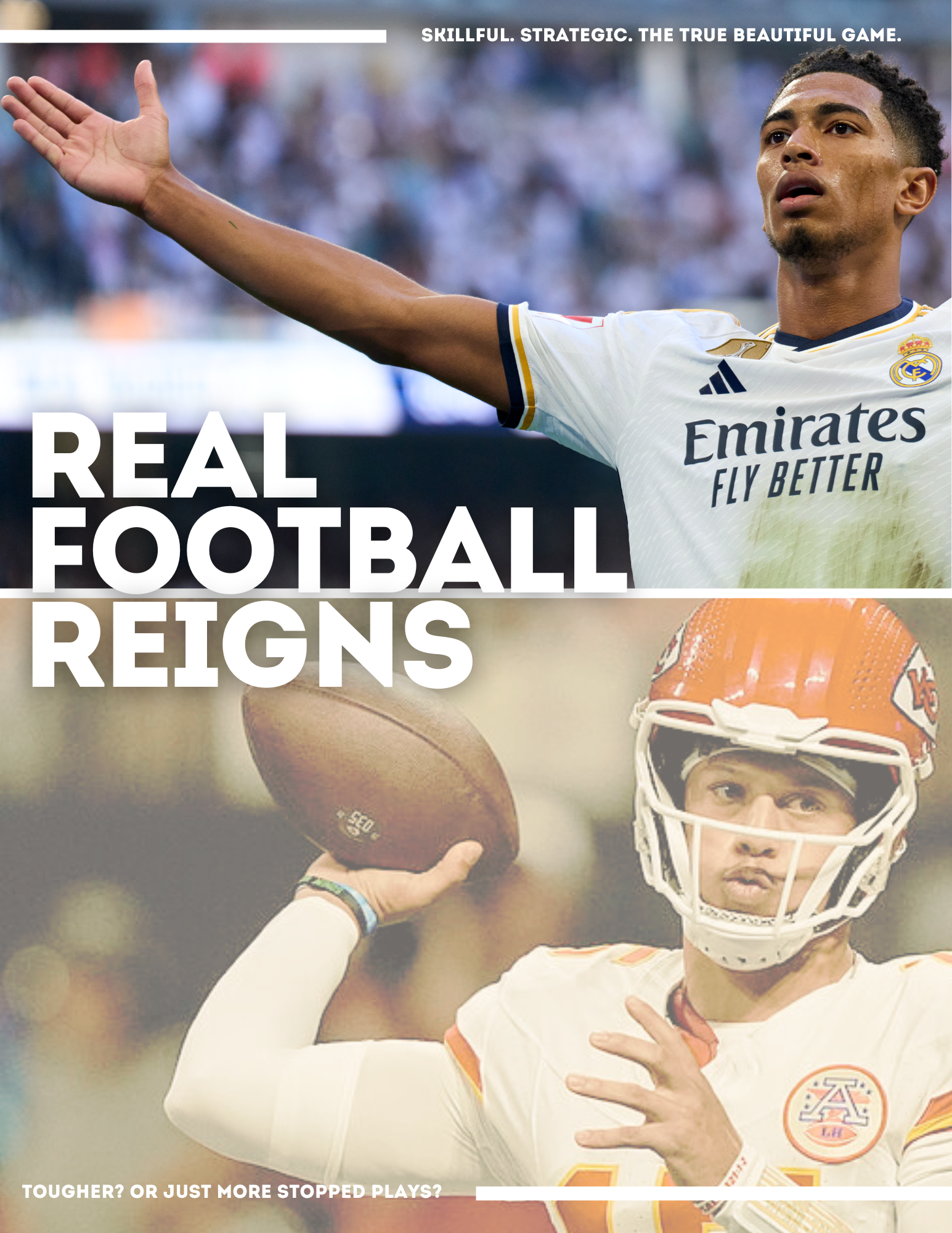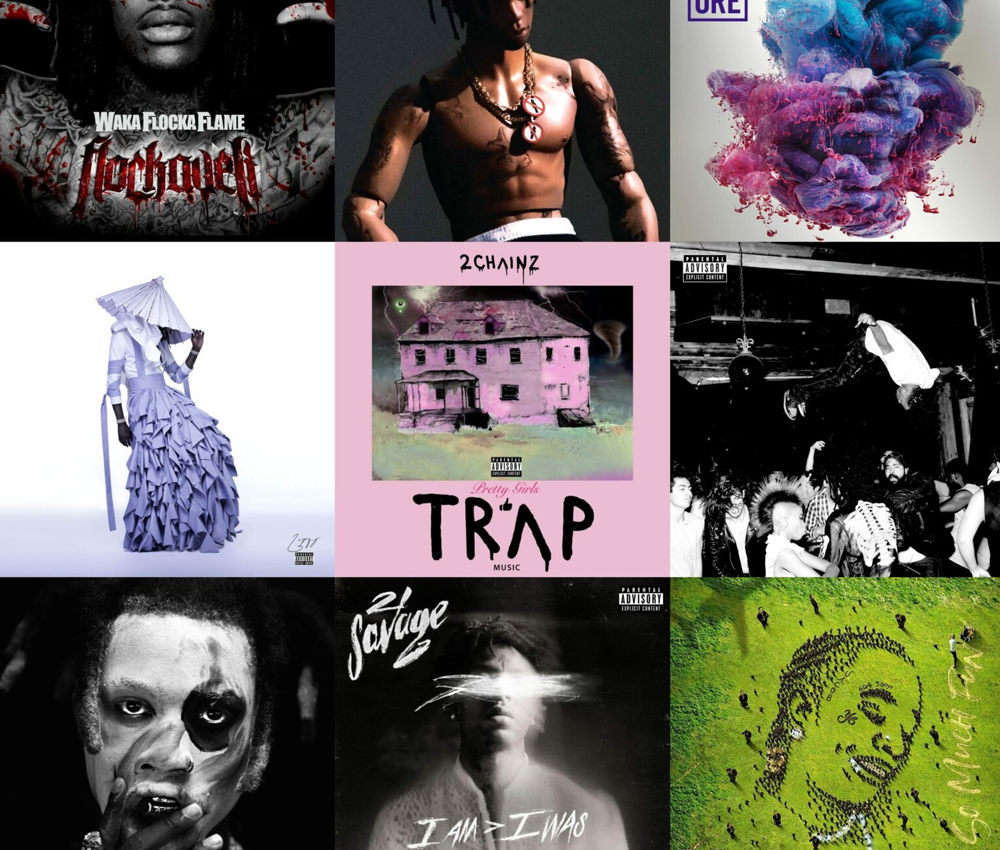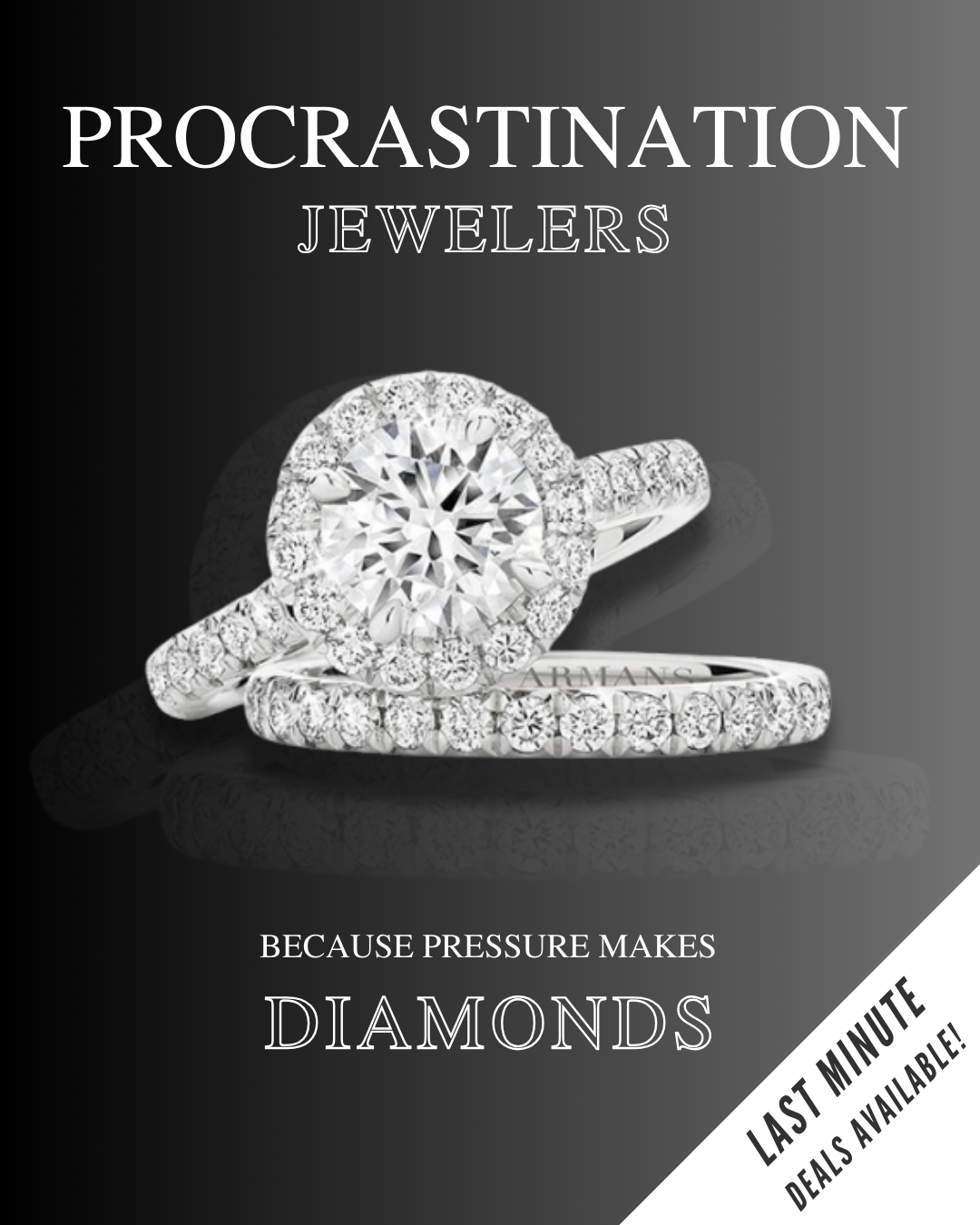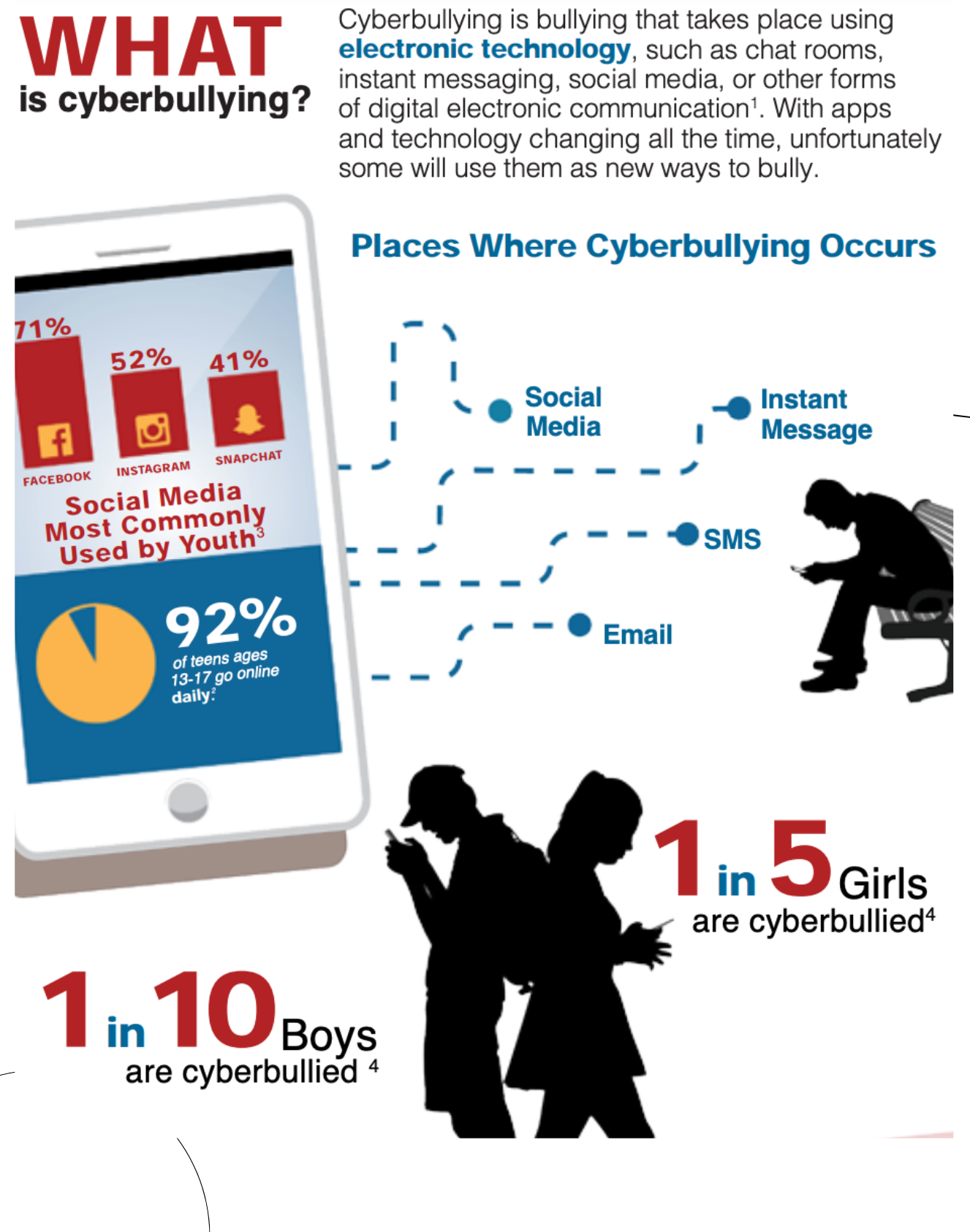
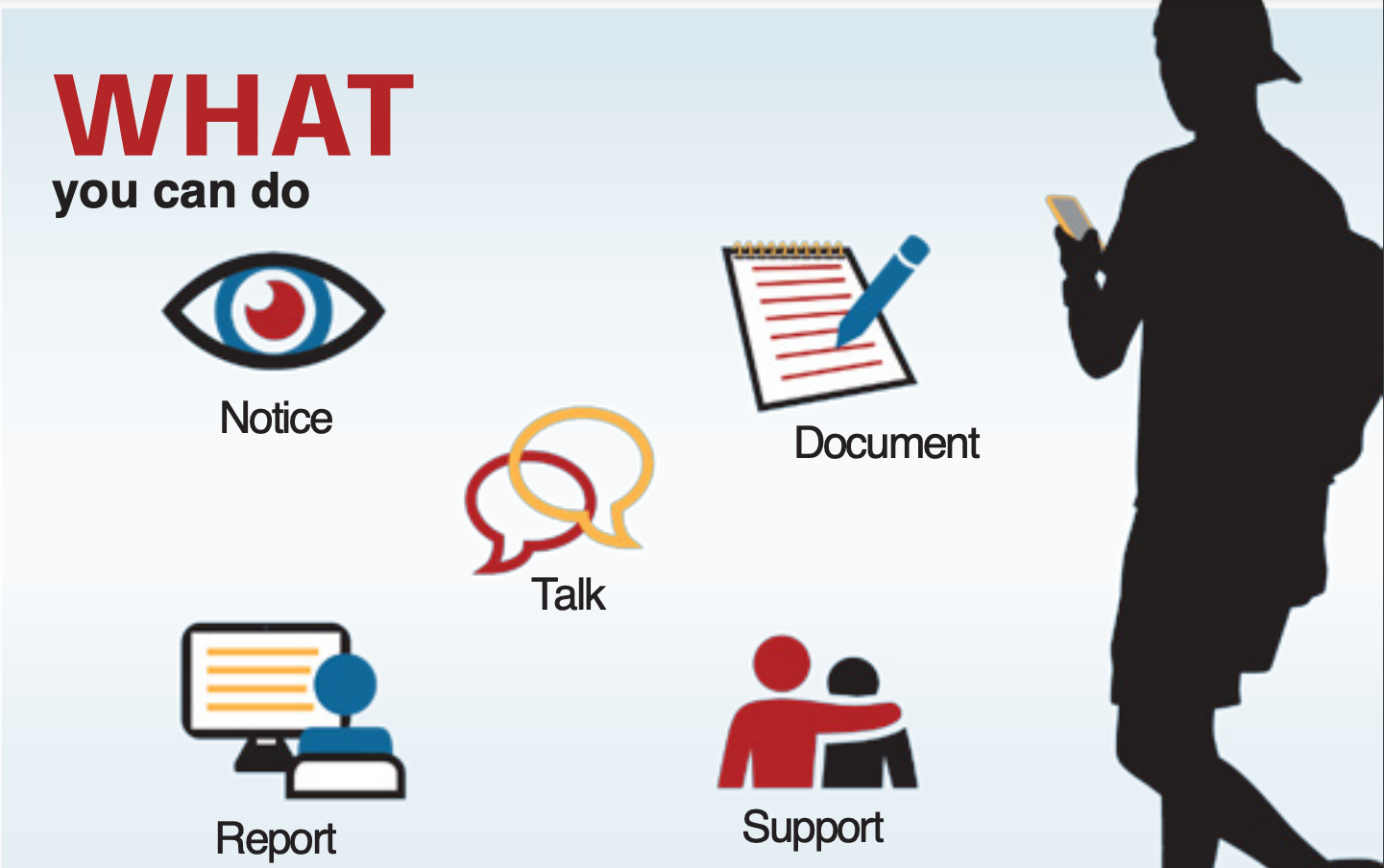
- Maker: Danielle Case
- Genre: Media Manifesto QR Code/ Infographic
- Level: Graduate
- Program: Composition, Rhetoric, and Digital Media
- Course: WRIT 5340: Studies in Multimodality and Digital Media
- Instructor: Dr. Eric Mason
- Semester Created: Winter 2023
Description
For the new media manifesto project, I wanted to create a piece that was engaging yet educational. As a Multimedia Journalist I interact with all sides of media…the good, bad and ugly. I’ve noticed a trend, that as one becomes more popular in the media’s eye, the more adversaries they face with online users. With that being said I decided to tackle the social issue of cyberbullying, which is often done by one who some like to call trolls. A troll online is a person who intentionally antagonizes others online by posting inflammatory, irrelevant, or offensive comments or other disruptive content. By bringing light to this issue, of trolling, I am hoping that individuals use social media more responsibly. Trolls, a Disney animation movie that depicts love, happiness, and loyalty was the basis of my idea for this campaign. Although trolls are typically known to be mean, vicious species Disney somehow was able to turn their frown upside down making them more appealing and relatable. I decided to mimic this exact concept that just because the expectation is for the troll to be unfair and wicked to others doesn’t mean they have to become what society portrays them as. Same for online users, they don’t have to use social media platforms to tear others down all while hiding behind a screen, but rather as a way to positively state their ideologies without bringing people down in the process. Using a GIF from the Troll movie and an uplifting song, I created a text that champions for change in the world of online interaction.
Reflection
The purpose of this manifesto I designed is to bring awareness to cyberbullying and to help put an end to its infectious turmoil on our society. Being that my profession calls for me to be fully invested and interact on social media I can see how technology can affect society in an oppressive way. These affects are subject but not limited to, the algorithm of people viewing your social media pages, not receiving a lot of likes on your content. Such factors can cause stress and leave people to feel inadequate and then to add insult to injury the audience who view your content tear it to shreds because they don’ share the same taste in creativity or ideology. In the texts, “To His Nibs, G. Douglas Atkins” by Self and Haraway’s “Cyborg Manifesto” they both address the impact of technology on society and the ways in which it can be both liberating and oppressive. Selfe suggests that technology has the potential to enhance human communication and create new forms of community, while also recognizing the danger of technology being controlled by those in power. Haraway similarly notes the potential for technology to be used in oppressive ways, but argues that the cyborg figure has the potential to resist these forms of control. While there are certainly differences between Selfe’s and Haraway’s texts, they share a common interest in exploring the impact of technology on society and the ways in which it can challenge traditional categories and identities.
Throughout the development of my campaign, I had concerns of fair use and copy right since I modeled my project around Disney’s Trolls. The blurred lines between taking an original piece of artwork and adding on to it or taking certain elements away to make it your own had me approach this assignment with caution. Lessiorg notes that the digital environment has made it easier than ever for individuals to create and share their work, but also easier for copyright holders to enforce their rights. He argues that this has led to a “permission culture,” in which creativity is controlled by copyright holders who can restrict others from using their work without permission. In his essay, “Laws that Choke Creativity,” Lessig suggests that copyright laws, which were originally intended to promote creativity by providing creators with exclusive rights to their works for a limited time, have been extended and expanded to the point where they are hindering innovation and creativity.
I also had to alter where and how my campaign would be presented to the public. Originally, I had it to where it would be just a QR code displayed around a school campus or in the stall of the restrooms. However, I was faced with the issue of how would get people to scan the code? It became apparent to me that I would need to use social media platforms like IG and Facebook, to promote it. I could use it as a post for the public to not only view but interact with as well. From this assignment I gain he insight that when producing content, it’s better to work backward. What is my end goal? How do I plan to achieve this?
Sources:
Lessig, L. (n.d.). Laws that choke creativity. Lawrence Lessig: Laws that choke creativity | TED Talk. Retrieved April 27, 2023, from https://www.ted.com/talks/lawrence_lessig_laws_that_choke_creativity
Selfe, Cynthia. DigitalRhetoricCollaborative RSS. (n.d.). Retrieved April 27, 2023, from http://webservices.itcs.umich.edu/mediawiki/DigitalRhetoricCollaborative/index.php/Selfe,_Cynthia
